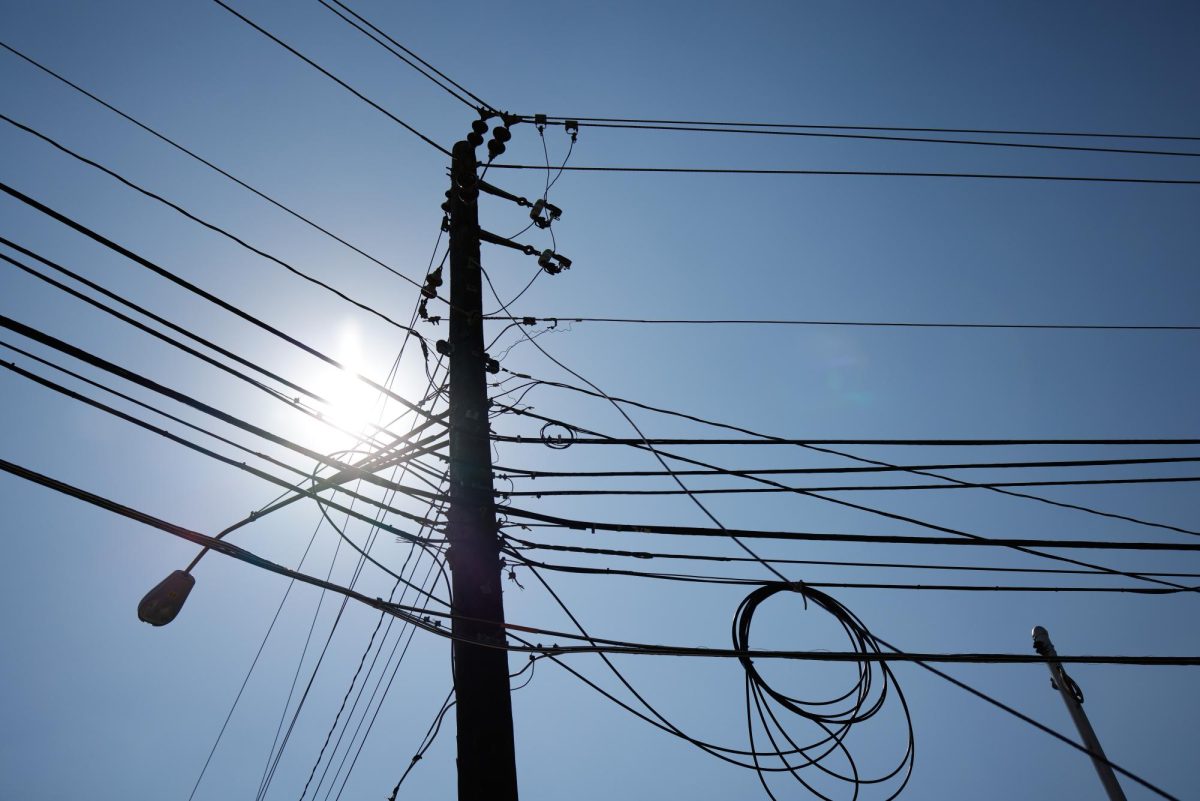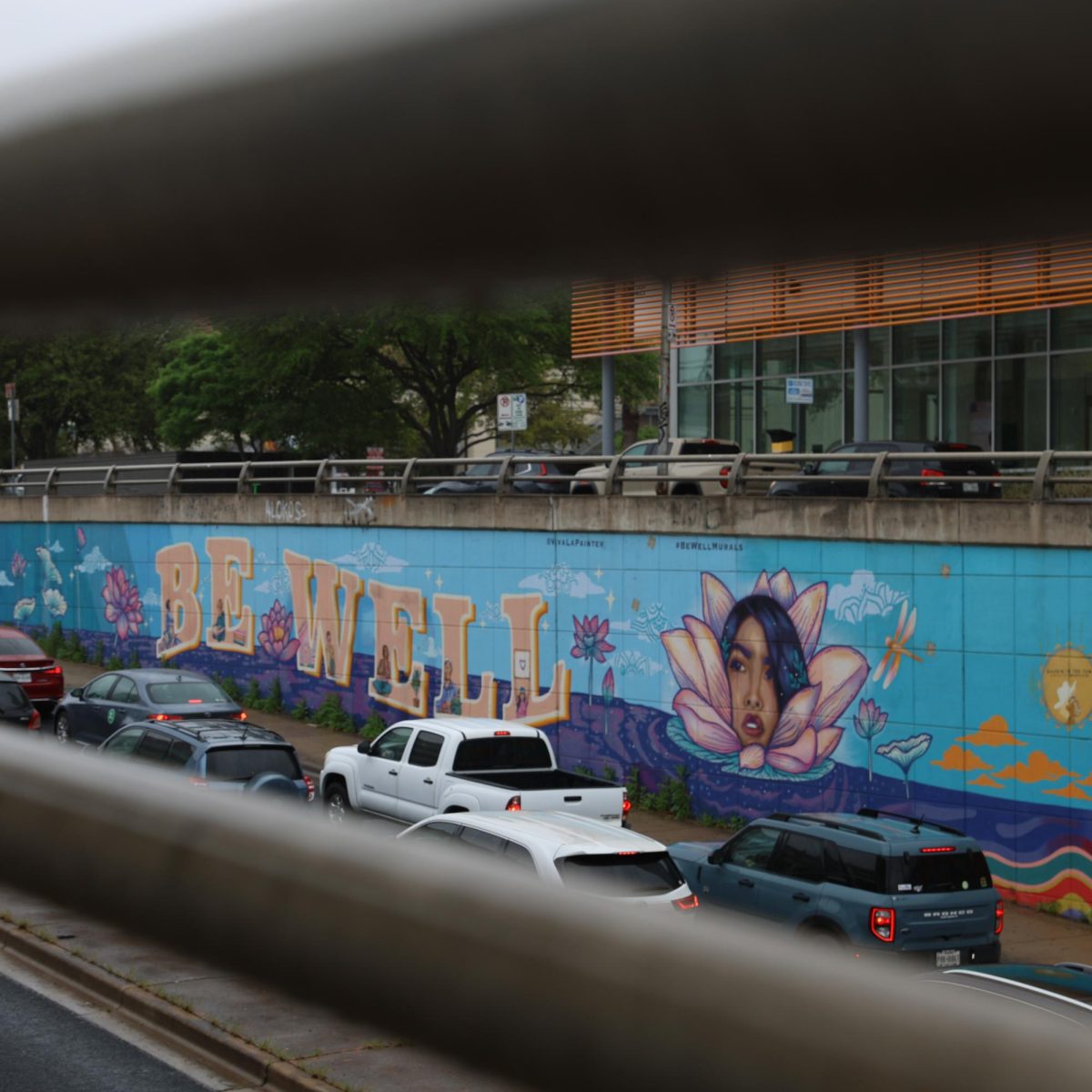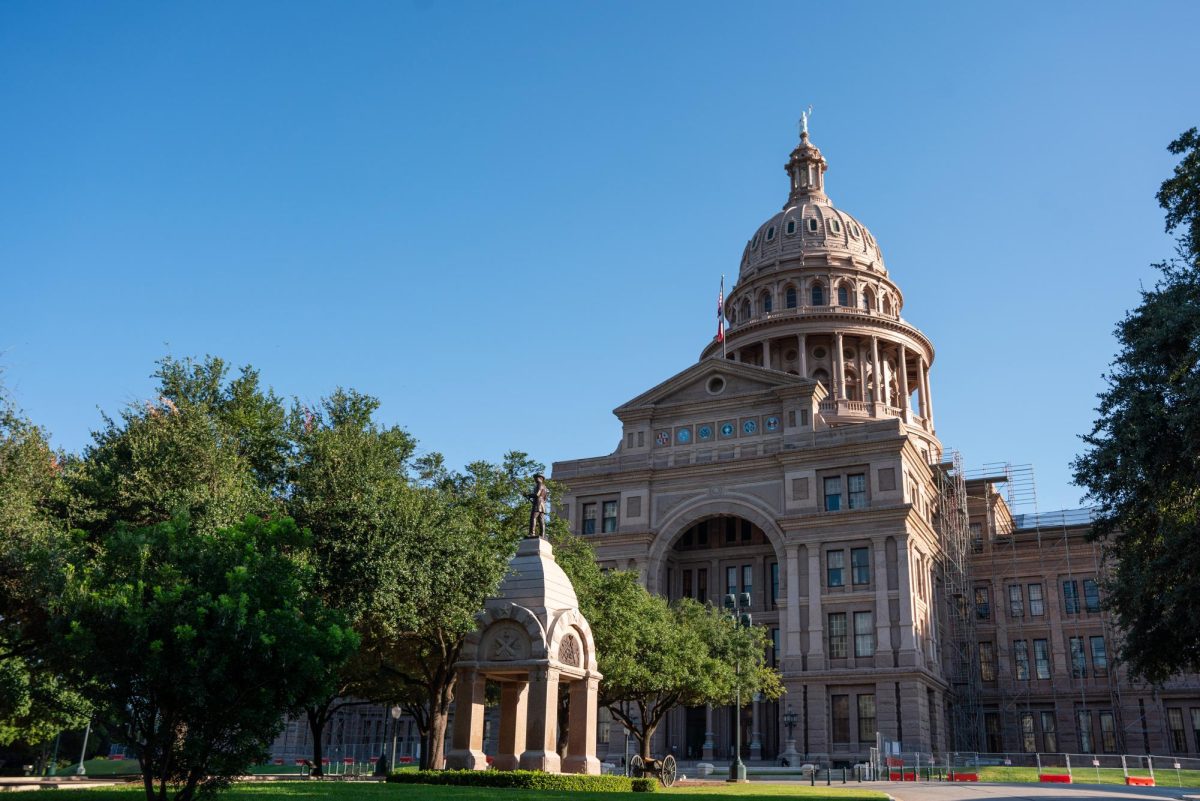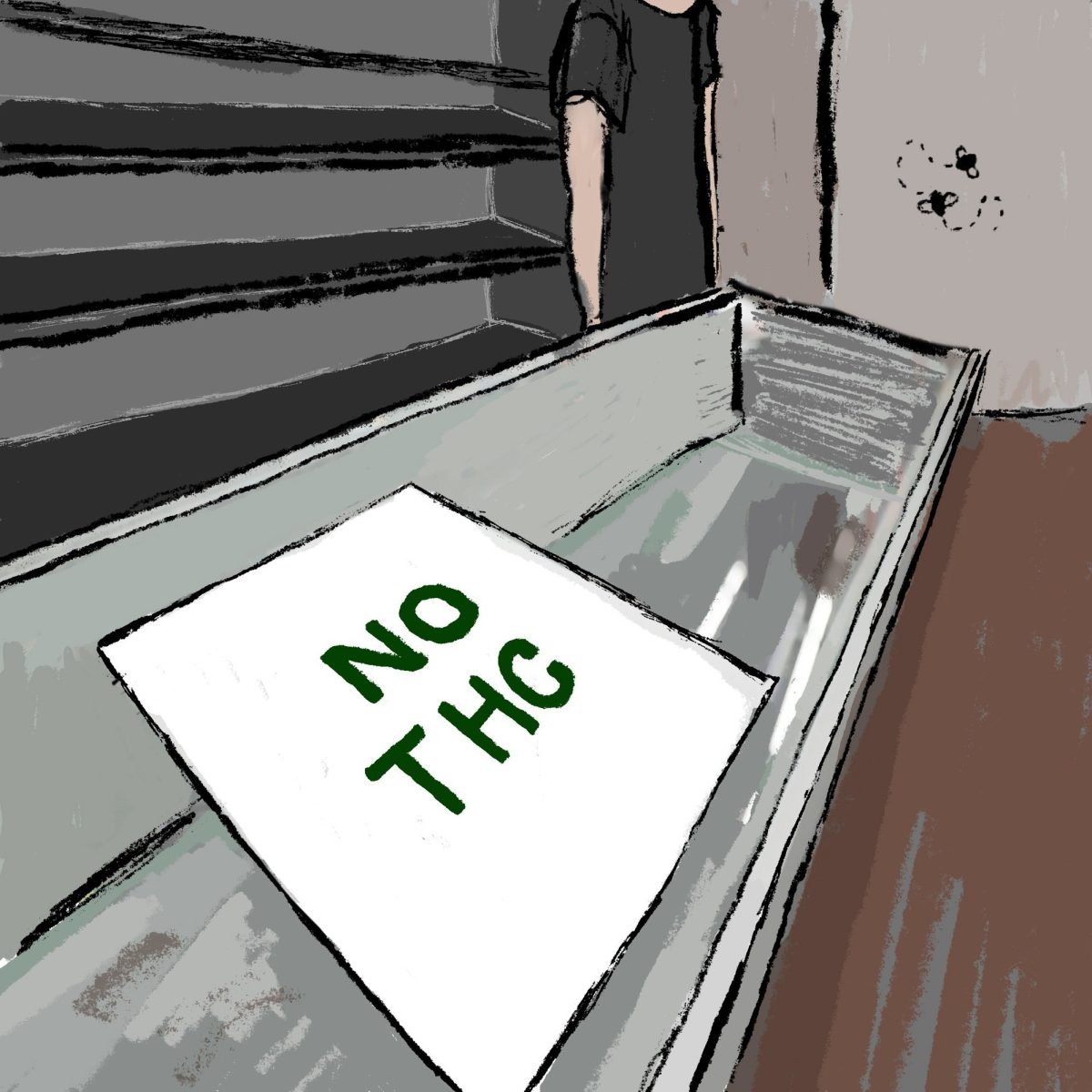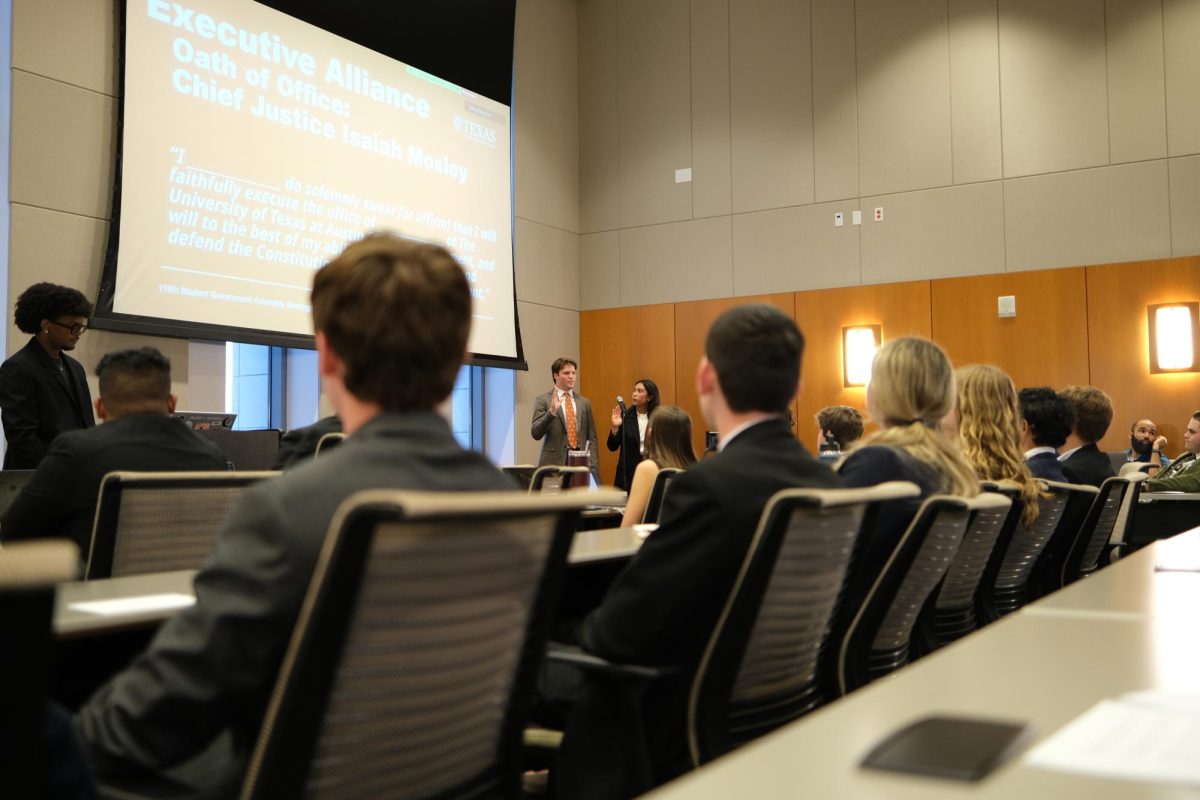The Electric Reliability Council of Texas sent out several notices in the past few weeks asking residents to conserve power due to high temperatures that caused power outages surrounding campus.
According to the Copernicus Climate Change Service, this summer is the hottest on record globally. Due to historic high temperatures, citizens nationwide increased electricity consumption. Additionally, Texas operates a separate grid away from federal regulations, which hit a record-breaking 85,464 megawatt hours last month — almost ten thousand more than last summer.
As a result, ERCOT asked Texans to conserve energy to make up for the high demand. Grid managers sent Texans at least 10 conservation notices. The council requested all government agencies to reduce energy use at their facilities.
“We’ve been saying for decades climate change is going to make hot events more likely,” energy resources professor Michael Webber said in a Texas Tribune article. “In some ways this is exactly what people have been saying would happen.”
On Sept. 6, after only asking for voluntary conservation, ERCOT declared an Energy Emergency Alert Level 2 because of low power reserves. The grid returned to normal operations after lifting the emergency measures in the evening. The last time ERCOT issued this alert was during Winter Storm Uri in February 2021 which left millions of Texans without power, heat or water.
However, several Austin residents experienced continuous power outages, including residents from 53rd Street up North Loop Boulevard.
Computer science graduate Matthew Pabst said he experienced multiple power outages a month through the summer and early September. While they usually occur mid-day during work hours, Pabst’s roommate Patrick Edwards said he often goes home to a heated house.
“Even if I’m not here when it goes out, if it’s been out for two hours, it’s 86 (degrees) in here,” Edwards said. “That sucks.”
Austin Energy spokesperson Matt Mitchell said vegetation or wildlife coming in contact with the power lines mixed with intense heat caused the neighborhood’s outages.
Mitchell said residents often used more power to combat this summer’s high temperatures, resulting in an overload in the fuses between poles. The overloaded fuses stop the energy current to prevent a hazard, spark or potential fire, shutting off the neighborhood’s power, he said.
“If (the neighborhood) is more spread out, maybe you’re pulling less current through your energy infrastructure,” Mitchell said. “If it’s more concentrated, like (53rd St.) with lots of homes and businesses, you’re pulling more energy across those lines for longer periods of time because of the heat, so that can make them more susceptible.”
Texan 26, a West Campus apartment complex, experienced a power outage early September, said community assistant Yvonne Galindo. She said the offices shut down for approximately two hours during the outage.
“I’m sure people were stuck,” Galindo said. “I had a few friends that went to coffee shops and Panera to go do work because they couldn’t do it in their apartment.”
Mitchell said he suggested checking Austin’s outage map and reporting outages to Austin Energy.
“Most of the time, they’re not very long outages,” Mitchell said. “But as we’ve said before, any outage is too long. We’re all living our lives and depend on having electricity.”

